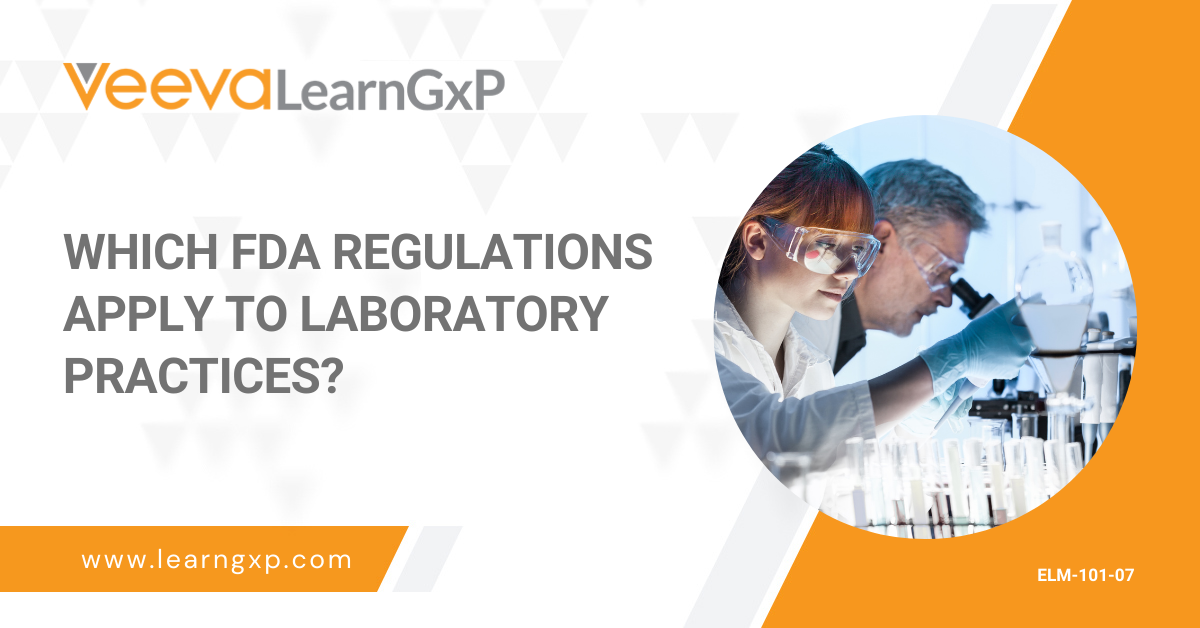The enduring assets of a laboratory’s work are the records that document those activities. When laboratory records are used to support a regulatory function, they are considered to be legal documents.
For records to be considered reliable and trustworthy they must comply with the following criteria:
1. Legible and Understandable
They must be able to be read and understood for the lifetime of the record, without having to refer to the originator for clarification. The information may be needed in five, ten or twenty years’ time, perhaps after the originator is no longer available.
2. Attributable
Who made the record or created the data and when?
3. Contemporaneous
The record must be made at the time the activity was performed
4. Original
The information must not be written on a post-it, piece of scrap paper, sleeve of a lab coat etc. and then transcribed.
5. Accurate
No errors or editing without documented amendments.
6. Complete
All the information and data associated with the analysis is included.
7. Consistent
All elements in the sequence of analysis must be date & time stamped and must be in the expected order.
8. Indelible
Records are made on to controlled documents, such as laboratory notebooks or controlled worksheets, or saved to electronic media.
9. Available
Over the entire lifetime of the record for review, audit and inspection.





